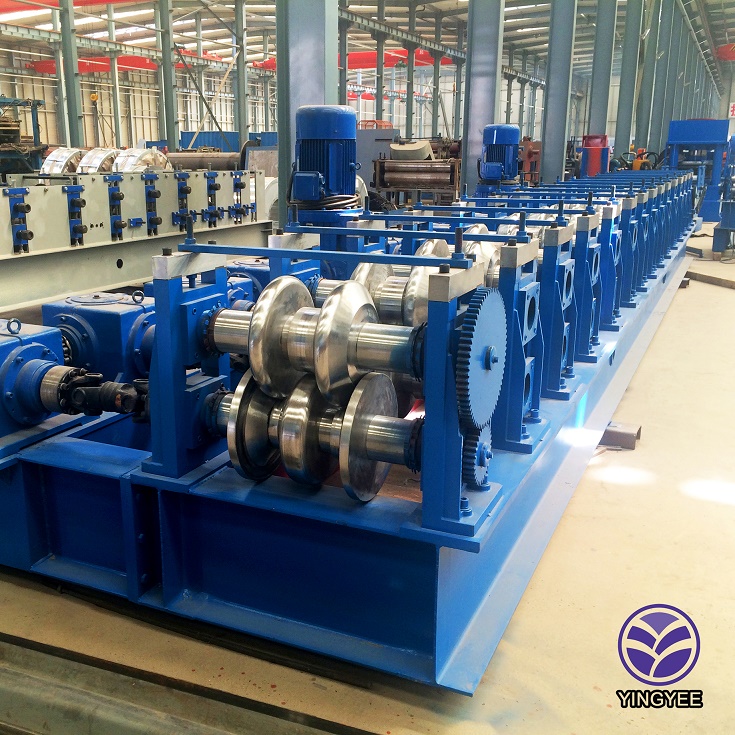
Understanding the Simple Slitting Line An Overview
In the world of manufacturing and metal processing, efficiency and precision are paramount. One of the vital processes in this domain is the slitting of metal coils into narrower widths, which is essential for various applications ranging from automotive to construction. The simple slitting line machine represents a streamlined solution for this purpose, emphasizing simplicity and effectiveness in its design and operation.
A slitting line generally consists of several key components a decoiler, a slitting head, a recoiler, and a control system. The process begins with the decoiler, which holds large coils of metal and unwinds them as the first step in the slitting process. The decoiler's job is crucial; it ensures a steady and controlled feed of the metal coil into the slitting machine, allowing for consistent quality and reducing the likelihood of defects.
Following the decoiler, the metal sheet moves to the slitting head. This is where the magic happens. The slitting head is equipped with multiple industrial blades that cut the metal into designated widths. Typically, the blades are arranged in a manner that can be adjusted to create a variety of strip widths, allowing manufacturers the flexibility to meet diverse market demands. Precision is key in this stage; therefore, high-quality blades and precise alignment are essential to ensure that the cuts are clean and accurate, preventing any jagged edges that may compromise the integrity of the material.

Once the metal has been cut into the desired widths, it proceeds to the recoiler. The recoiler’s function is to take the newly slotted strips and wind them into neat coils for easy handling, transport, and further processing. The recoiling process must also maintain tension and alignment to prevent any defects or damage to the strips. Modern recoilers are often equipped with advanced features, including tension control systems that automatically adjust based on the thickness and type of material being processed.
One of the significant advantages of a simple slitting line is its user-friendly control system
. Operators can easily monitor the slitting process, make necessary adjustments in real-time, and ensure that production runs smoothly. These control systems are increasingly becoming automated, which further enhances efficiency by reducing manual oversight and the risk of human error.Moreover, the simplicity of the design does not mean compromised quality. In fact, many manufacturers find that investing in a well-designed simple slitting line leads to lower operational costs and higher throughput. As industries evolve and demand increases for customized metal products, the ability of slitting lines to adapt quickly and efficiently becomes even more valuable.
In conclusion, the simple slitting line is a cornerstone technology in the realm of metal processing. Its combination of efficiency, precision, and adaptability makes it an indispensable tool in various manufacturing processes. As technology continues to advance, the capabilities of slitting lines are expected to expand, providing even greater benefits to manufacturers seeking to meet the challenges of a competitive marketplace. Embracing the simple slitting line not only optimizes production but also enhances product quality, all while ensuring that businesses can stay ahead in an ever-evolving industry landscape.